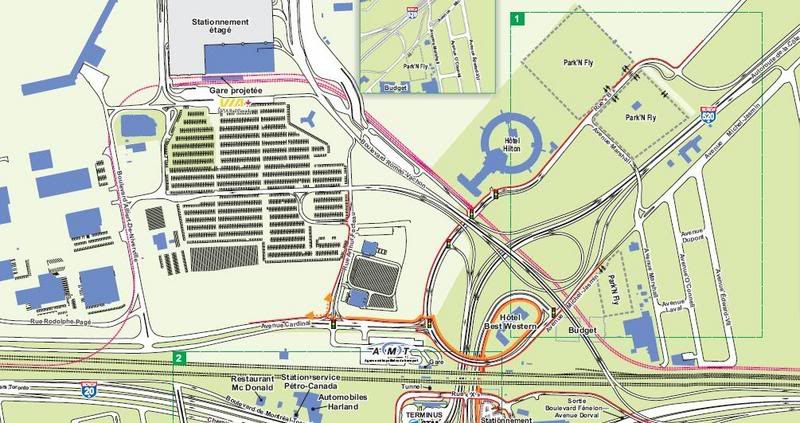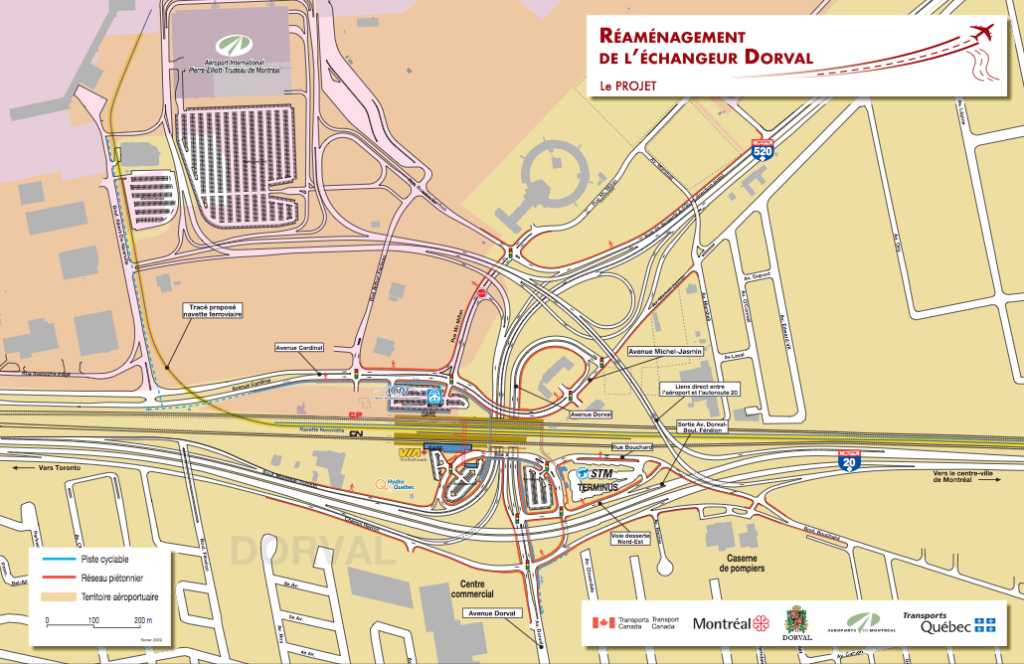Siemens’ High-Speed Rail: These “Cars†Get 700 Miles-Per-Gallon
by David Fessler, Energy and Infrastructure Expert
Friday, June 11, 2010: Issue #1279
America has a “waiting problem.â€
Think about the time you spend waiting in traffic jams… at the doctor/dentist’s office… at restaurants… at the gas station.
And how about the six months of your life spent waiting at traffic lights? Or the five years you’ll spend just waiting in lines at retail stores, the post office, DMV, etc. (Early buyers of Apple’s products likely spend far more.)
And according to Robert Poole, Director of Transportation Policy at the Reason Foundation, the average air traveler now spends two to three hours waiting at the airport. Granted, much of that is due to more rigorous security screening – time that is generally well spent – but air travel delays and traffic jams are only going to get worse, as more people take to the skies and roads.
In short, we wait an average of 45 to 62 minutes every single day. And that’s less time spent with family and friends, or doing other more productive, enjoyable activities.
Other countries have already recognized the problem and have addressed it for years. But the United States has failed miserably. So how can we improve our “waiting efficiency?†There’s a solution…
A Great Idea… Until Henry Ford Drove it Off the Rails
It’s called high-speed passenger rail.
I’ll get to the high-speed part in a moment. First, a quick overview of the U.S. rail service today.
Much of America’s freight still travels by rail. In fact, more than two billion tons plowed across the country in 2007 (the latest data available). It’s the transport mainstay for coal, lumber and other heavy industrial products and machinery.
Passenger rail service in the United States dates all the way back to 1830 when the “Best Friend of Charleston†– the first steam-powered train – traveled six miles with 141 passengers on board.
Boston, Baltimore and other major cities quickly established major railroads, due to the lack of river access to U.S. inland areas. And the idea of being able to travel, regardless of weather conditions – and at high speeds, too – was a big hit with most Americans.
As a result, passenger rail service soared…
- Even without government subsidies – which had disappeared by 1870 – rail travel jumped by 300% between 1896 and 1916.
- Until 1910, trains carried 95% of intercity passengers.
- U.S. rail travel hit its peak in 1920 when trains carried a total of 1.2 billion passengers.
But then Henry Ford came along and changed the playing field. When he introduced the mass-produced automobile in the following decade, rail travel fell by 18%.
And today?
700 Miles and a Tank of Gas Later…
Fast-forward to 2010…
You’d think that in today’s high-tech age, we could combine speed with efficiency and wouldn’t spend so long waiting. But that’s not the case. And with transportation, it’s an increasingly expensive wait for most Americans.
Take the average car, for instance. Fully loaded with five passengers, it gets about 100 passenger-miles-per-gallon (PMPG).
And according to the Department of Energy, the average passenger jet only gets about 36 PMPG. Of course, the trade-off there is speed.
But how about that speed/low-cost equation? Especially for regional travel? Europe and Asia already manage it. And we can here, too.
The answer lies in the method that squeezes out 700 PMPG.
You got it… high-speed trains. You can string their “cars†together and carry far more passengers than the average commercial jetliner. And these trains blast along at speeds of nearly 250 MPH.
So which company is behind this rapid rail transportation?
This Company Feels the Need… the Need for Speed
Take a quick jaunt around the globe and you’ll see this company’s trains in use all over the place…
- Spain has 26 high-speed rail trains that bridge the distance between Barcelona and Madrid.
- Russia a high-speed train link between Moscow and St. Petersburg. Eight trains are currently in service, with 54 more on order.
- The German railway system has just ordered 15 high-speed trains from this company.
- And the Chinese have taken delivery of 60 high-speed trains from this firm – with orders placed for over 100 more.
The company we’re talking about is Siemens AG (NYSE: SI) – the largest manufacturer of high-speed trains in the world.
Its Valero high-speed train technology is the world’s most successful. Siemens currently has 160 trains in operation and hundreds more on order.
And for speed-hungry America, it’s the perfect fit…
“All Aboard!â€
Siemens is pushing hard to get its Valero high-speed train technology widely adopted across the U.S. rail network. Interest is high, too. There are several high-speed rail projects in the works…
- California plans to spend $2 billion to build a 220 MPH high-speed rail system that would initially connect Anaheim to Los Angeles. Eventual expansion of the system would link Southern California with the San Francisco Bay Area.
- Florida is throwing $1.25 billion in to jump-start an 84-mile, high-speed rail line between Orlando and the Tampa area. Future expansions would eventually extend all the way to Miami.
- The Midwest has plans to link Chicago, St. Louis and Kansas City together. More than $2 billion is earmarked to upgrade existing rail lines, which would be able to support trains blasting along at up to 150 MPH.
Critics argue that few people will ride the high-speed rails. But frankly, that’s a myopic view. They’re not counting on expensive gasoline, because cheap gas is a thing of the past.
As if further proof were needed, U.S. politicians simply need to look around the world to see what other countries are investing in transportation and energy infrastructure.
They need to roll up their sleeves and get the same things going here.
And while you wait, you might want to hop onboard the Siemens train and pick up a few shares.
Good investing,
David Fessler







